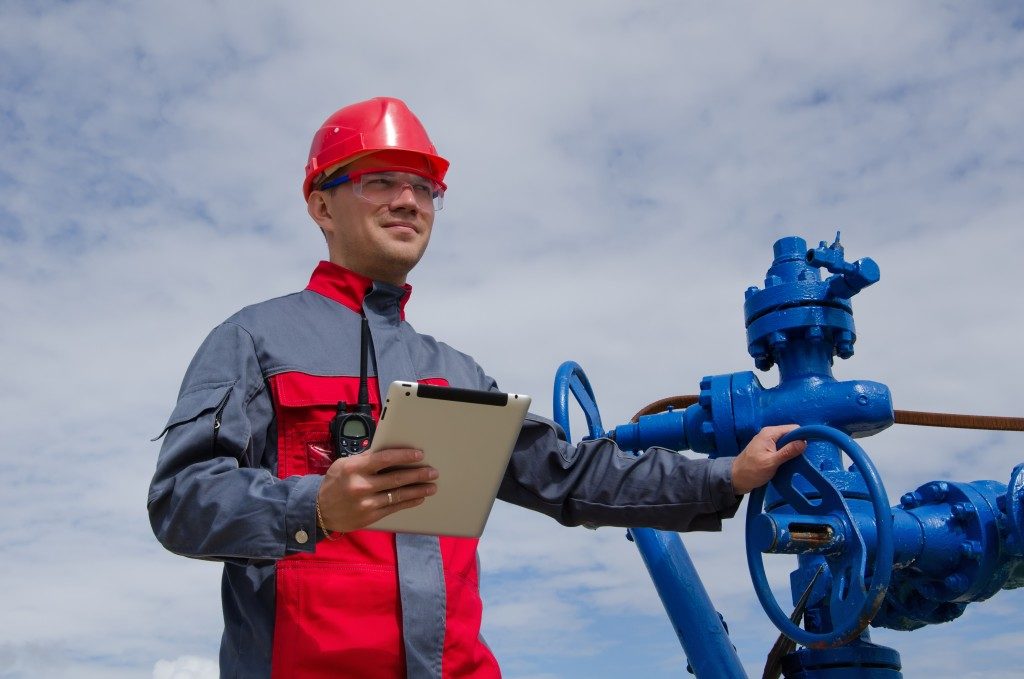Certainly, the industry of oil and gas is a major part of the most prevailing and lucrative global sectors. Within this industry, a number of developments take place in order to supply the world with a great deal of essential fuel products.
However, considering that these processes are man-made, they are heavily subjected to or often encounter a lot of mishaps. Several problems may also arise within an actively producing well. Such issues can poorly affect the main operations, and consequently, the generated income. Not to mention, these unwanted and costly mechanical equipment failures can disrupt workflow.
As these circumstances are inevitable, it’s important to take preventive measures and devise ways to resolve specific problems. Furthermore, having a good plan allows a speedy return to an optimal production after a troublesome downtime. To add, the affected well must also undergo the so-called well intervention for recovery. Common examples are workover rig and coiled tubing.
Workover Rig
The first process of well repairing is the employment of the workover rig. This is similar to a drilling rig, but is a bit smaller in size and does not require mud pumping. In addition, it’s used commonly to recover the sucking rod string or the production tubing in the well. Another application is for dropping a wireline cleaning and repair equipment to the well. Do take note that with the employment of the workover rig, production must be temporarily aborted. Plus, it’s vital to contain the pressure in the reservoir.
Coiled Tubing
Although the workover rig is typically being applied as a countermeasure, another cost-effective and time-saving solution in well intervention operations is coiled tubing. Accordingly, the coiled tubing process does not require the presence of a workover rig. Instead of removing the inserted tube in the well, coiled tubing is implanted into the tubes. Thus, unlike the previous process, haltering production is not a necessary step.

The CT Operations
Being the most less costly and time-consuming method of well intervention, coil tubing is often being applied in a large number of well intervention operations. Some examples are the cleanout and perforating of the digging location and the recovering and changing of damaged equipment.
Moreover, certain tech advances in coiled tubing enabled taking real-time downhole measurements. These can be helpful in operations such as data logging and wellbore treatments. In addition, processes of enhanced oil recovery (EOR), including acid and hydraulic fracturing, can be efficiently performed with the use of coiled tubing. Lastly, coiled tubing is beneficial for cementing and sand control procedures.
The Equipment
In Oklahoma and other areas, downhole tools are pieces of equipment used in oilfield operations. These machines are also extensively utilized during the drilling process and well workover rig intervention. To add, it supports the optimization of an oil well’s production levels, while simultaneously sustaining a steady flow from the reservoir. These tools also comprise of several tools that are employed during well intervention activities, such as wireline tools, slick line tools, drilling jars, and drill pipes.
The main purposes of applying downhole tools include carrying out workover processes, assisting in well completion, and examining a variety of properties within the reservoir, such as fluid, rock, and sand. Samples of these products are brought to the well surface for analysis. Moreover, downhole tools are often utilized during conditions with intense pressures and temperatures. These aid in reducing the expenses of any oil extraction or well recovery activities, as well as boost or extends the life of an oil well, eventually resulting in an improvement of the liquid’s volume flow.
Knowing various preventive measures and solutions is essential to ensure that responses to incidents will be immediate and effective. This helps reduce delays and wastage of financial and energy resources.







